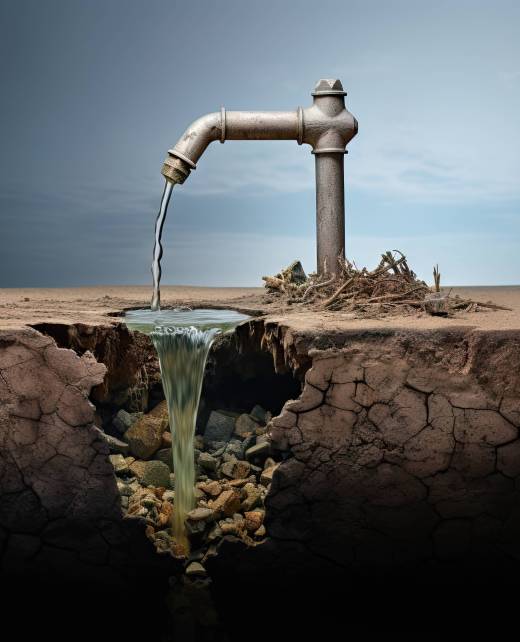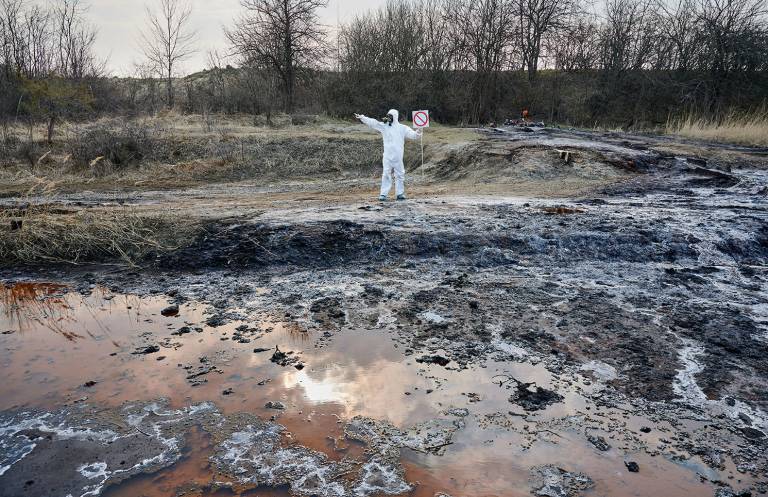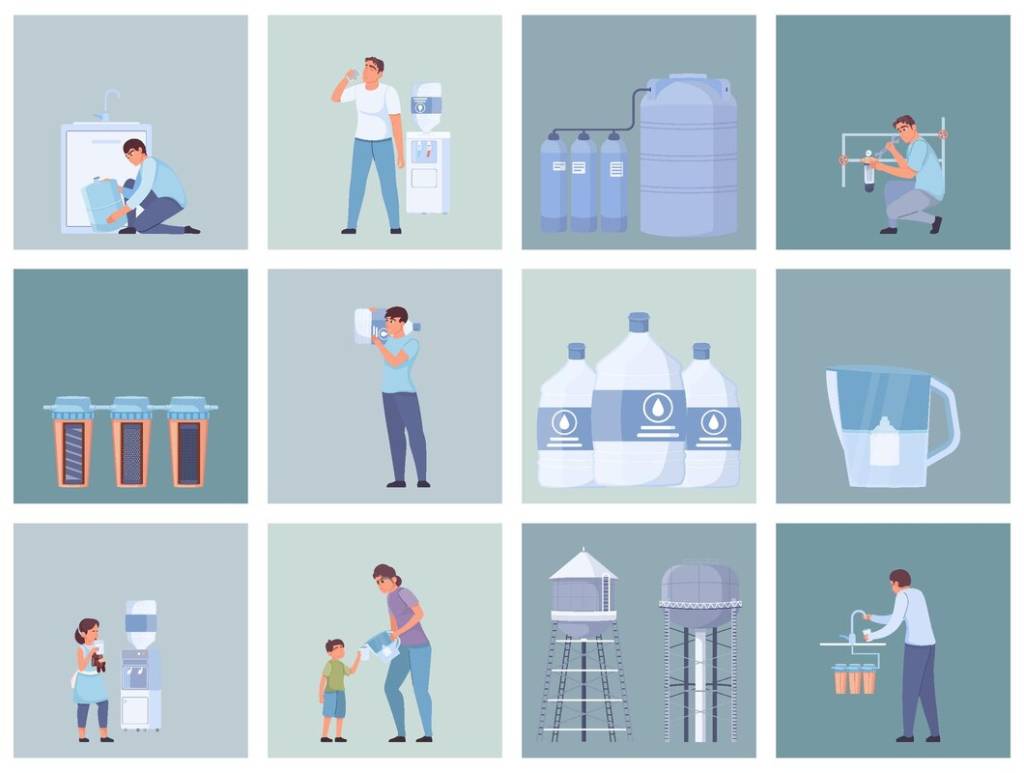
Globally, the average annual water consumption per person is 1.4 million liters
More than 90% of this water is used for agricultural activities, primarily for food production. For example, producing 1 kilogram of beef requires 15,455 liters of water, 3.6 kilograms of wheat, and 36 kilograms of coarse feed. Traditional agriculture also requires significant amounts of water for crop growth. From the water used to grow cotton for clothing to the water used in industrial cooling systems and hotel pools, the actual water consumption is much higher than what can be accounted for by graywater alone.
What is graywater?
Unfortunately, no standard currently exists for a detailed definition of the chemical properties of graywater. EN 12056-1 defines graywater as wastewater with a low pollution load and no urinary waste. Therefore, graywater can be defined as wastewater from showers, baths, sinks, and pre-treated kitchen sinks.
Wastewater originating from homes, workplaces, schools, hospitals, and other small businesses, generated due to the needs and uses of people in their daily lives, is classified as domestic wastewater. Domestic wastewater is divided into two categories: graywater and blackwater. Water from showers, baths, sinks, washing machines, and dishwashers is generally defined as graywater, while the remaining used water is defined as blackwater. Graywater can also be evaluated as low-pollution graywater and high-pollution graywater, depending on its chemical pollution level.
| Temiz Su | Gri Su | Siyah Su | |
|---|---|---|---|
| Kaynak suyu, kuyular, arıtılmış su, yağmur suyu | Kimyasal ve/ya dışkı içermeyen, kullanılmış sular | Kontamine olmuş (dışkı ve/ya kimyasal içeren) sular |


Low-pollution graywater
Low-pollution graywater refers to wastewater from showers, baths, and sinks. It has a very low pollution level.
Highly polluted graywater
It refers to wastewater from kitchens and washing machines. Graywater constitutes the largest percentage of domestic wastewater by volume, accounting for 75%.
The chemical contaminants in graywater vary depending on the number of people living in the area, their habits, and the chemicals that come into contact with the water. For example, natural products that can be preferred instead of chemical soaps will reduce the pollution intensity of the water. Pollutants that cause pollution in water can be tabulated as follows.
| Gri Su Kaynağı | Kirletici Maddeler | |
|---|---|---|
| Çamaşır Makinesi | Askıda katı madde, organik madde, yağ ve gres, tuzluluk, sodyum, nitrat, fosfor(deterjandan), çamaşır suyu, pH | |
| Bulaşık Makinesi | Askıda katı madde, organik madde, yağ ve gres, artan tuzluluk, pH, bakteri ve deterjanH | |
| Duş | Bakteri, saç, askıda katı madde, organik madde, yağ ve gres, sabun, şampuan kalıntıları | |
| Lavabo (Mutfak dahil) | Bakteri, askıda katı madde, organik madde, yağ ve gres, sabun, şampuan kalıntıları |


Graywater assessment
"Since wastewater contains organic matter, its concentration in 1 liter of water is accepted as a measure of the degree of pollution. Since the compositions of wastewaters can vary, it is not possible to express the substances they contain with a formula. On the other hand, since these substances in the water content undergo decomposition in the purification plant, it is necessary to take this decomposition effect into account.
The amount of oxygen consumed during biochemical oxidation (oxidation of carbon-containing substances) can be taken as a measure of organic matter, and this value is expressed as BOD. Biochemical oxidation is a combustion process in water, and dissolved (dissolved) oxygen in water is used during this combustion. The more oxygen is consumed, the higher the amount of organic matter in the water. The average graywater contributes about 40-50% to the total organic load (BOD). In addition, graywater contains a quarter of the total suspended solids (TSS) in domestic wastewater, i.e., the sum of the settleable and non-settleable solid matter in the water sample, and more than two-thirds of the total phosphorus. Dish and laundry detergents are the main sources of phosphorus in graywater. Water from kitchen sinks containing food particles and water from washing clothes are much dirtier than graywater from showers and sinks. Therefore, not all graywater is exactly in the graywater status, and different treatment methods should be used according to the characteristics of the graywater. Since the filtration/treatment systems used in graywater treatment systems are sensitive to excessively oily waters, wastewater from kitchen sinks should be collected separately, passed through a grease trap, and then connected to graywater treatment systems.
The direct reuse of graywater is a very common practice, especially in rural areas. Graywater from bathrooms has been used directly for garden irrigation for centuries. Despite this, it is strongly recommended to treat graywater before use. The direct long-term use of graywater for irrigation purposes causes the accumulation of salts, surfactants, oil, and grease in water. Today, various studies are being carried out in urban areas through treatment systems, such as smart cities and ecological infrastructure studies. It is actively used for garden and landscape irrigation, especially in Australia, Syria, and South Africa, and for irrigating fruit trees in Israel. Again, the use of graywater at the city and regional level without treatment negatively affects plant health and soil structure, and causes groundwater pollution.
In the local and household scale use of graywater, an evaluation should be made depending on the amount of pollutants. For example, graywater from the bathroom can be used directly for garden irrigation after a short period of settling and cooling. Thanks to this direct use, in addition to water saving, graywater storage problems are also eliminated. The direct use of graywater is referred to as a graywater diversion device (GDD) in some countries.
This system has two applications:
- In the first application, graywater from bathroom sinks and washing machines is transferred directly to reservoirs without being connected to the wastewater line.
- In the other application, graywater is used directly for garden irrigation. Additionally, this application may require an electric pump for transferring water to the outdoors, in addition to plumbing and irrigation pipes. However, in some simple systems, water transfer to the outdoors is provided by gravity rather than an electric pump. Slope analysis is quite practical in permaculture applications in this sense.
Both applications are low-cost and do not require additional land.
Benefits of graywater harvesting
Graywater recovery can be considered a highly effective resource for both financial savings and environmental protection.
The primary benefits can be summarized as follows:
- Ensuring that the reclaimed water meets hygiene standards.
- Reducing the load on municipal water supply systems and unnecessary water consumption.
- Nearly 50% water savings.
- Easier and faster to treat compared to contaminated (black) water.
- Protecting and using natural water resources more efficiently.
- Meeting the irrigation needs of gardens in arid regions.
- Can be used for ornamental ponds and, depending on quality, even for laundry.
- Can be used for car washing, firefighting, and other applications.
What can be done?
- By using thermos cups and mugs, we can reduce plastic production and decrease water consumption for dishwashing both at home and in commercial establishments.
- We can wait for dishwashers and washing machines to fill completely and regulate their usage frequency.
- We can opt for energy and water-efficient appliances.
- We can choose natural cleaning products or even make our own.
- We can shorten shower times to reduce water consumption.
- We can use waterless toilets in workplaces and crowded areas.
- We can prefer homes with water boosting systems or install small-scale boosting systems.
- We can use graywater and rainwater for plant irrigation.
- By treating grease, we can reduce the amount of grease in sink water.
